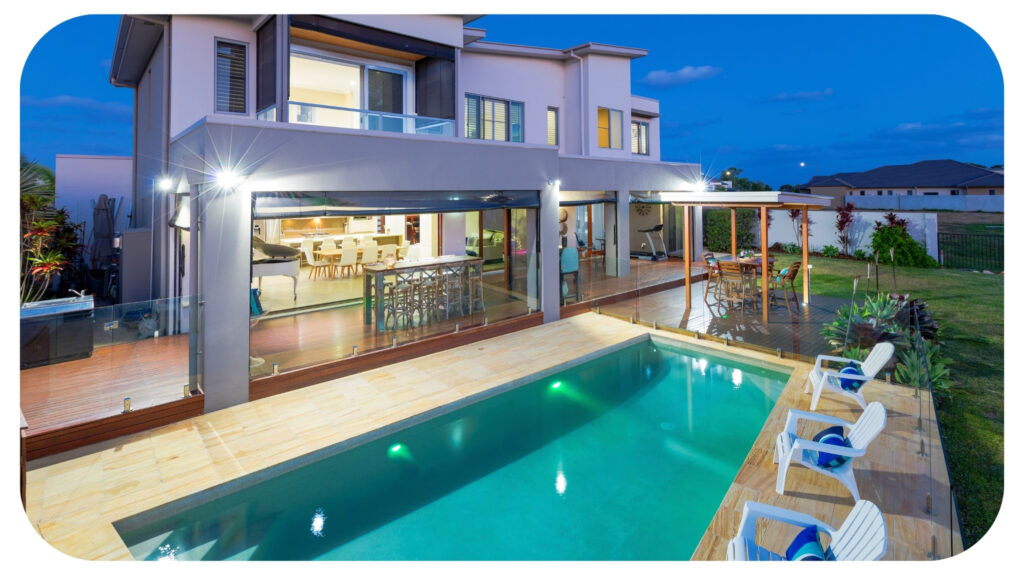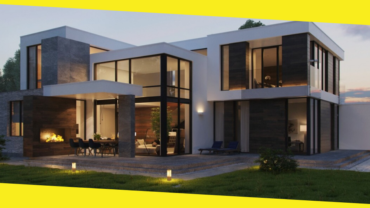Unveiling Microcement: A Versatile Solution for Modern Design

Architects and designers are always trying to source materials which combine versatility, durability, and aesthetics. Microcement can provide all these qualities, whilst offering a wide range of applications and benefits.
In this blog post, we will look deeply into the nature of microcement, exploring its composition, uses, and advantages.
Understanding Microcement
Microcement is a cement-based coating which has been polymer-modified to produce a thin and seamless finish. It is also referred to as micro-topping. Consisting of a mixture of cement, fine aggregates, polymers, and additives, microcement is exceptionally strong and flexible. Its composition allows it to be applied in a minimal thickness, typically ranging from 2 to 3 millimetres, making it an ideal solution for both renovation projects and new construction. Moreover, it adheres perfectly to a range of surfaces such as concrete, tiles, wood, and even metal.
Applications of Microcement
The versatility of microcement knows no bounds, as it finds application across diverse architectural and design endeavours. From floors to walls, countertops to furniture, microcement offers a beautiful, contemporary aesthetic that transcends traditional boundaries. In residential settings, it can be used in kitchens, bathrooms, living spaces, and outdoor areas with its sleek, minimalist finish. Commercial spaces, including restaurants, retail stores, and offices, are also suited to microcement due to their durability, ease of maintenance, and striking visual impact.
Installation Process
The application of microcement requires precision and expertise in order to be sure to achieve flawless results. Initially, the substrate needs to be thoroughly prepared, to ensure cleanliness, stability, and adequate bonding. Subsequently, skilled craftsmen will carefully apply multiple layers of microcement, meticulously smoothing and refining each coat to achieve the desired finish. The final stages may involve sealing the surface to enhance durability and facilitate maintenance, ensuring its longevity.
Advantages of Microcement
The use of microcement transcends mere aesthetics, by offering a range of practical advantages. Its beautiful finish eliminates grout lines, reducing maintenance requirements and creating an illusion of space, particularly in smaller areas. Moreover, microcement’s resistance to water, abrasion, and UV exposure renders it suitable for both interior and exterior applications, enduring the rigours of daily use with ease. In addition, its compatibility with underfloor heating systems can enhance comfort and energy efficiency, making it a desirable choice in modern living spaces.
Sustainability and Eco-Friendliness
In an era marked by a growing emphasis on sustainability, microcement distinguishes itself as an eco-friendly solution. Its minimal thickness and efficient application process minimise material consumption, reducing waste and environmental impact. Furthermore, select formulations of microcement utilise recycled aggregates and low-VOC (volatile organic compound) polymers, aligning with green building practices and contributing to a healthier indoor environment.
The Endless Possibilities of Microcement
To sum up, microcement epitomises a combination of style, durability, and sustainability in design. Its versatility extends across various surfaces and environments, from residential interiors to commercial spaces, providing a beautiful, contemporary aesthetic that will withstand the test of time. Whether adorning floors, walls, or furnishings, microcement has the power to transform otherwise dull spaces with its sleek, minimalist charm.
Recommended For You
The Many Faces of Concrete for the Modern Home
Most Inside
Most Inside offers high-quality recommendations and valuable updates to enhance all aspects of your life, providing premium guidance and enriching experiences.




